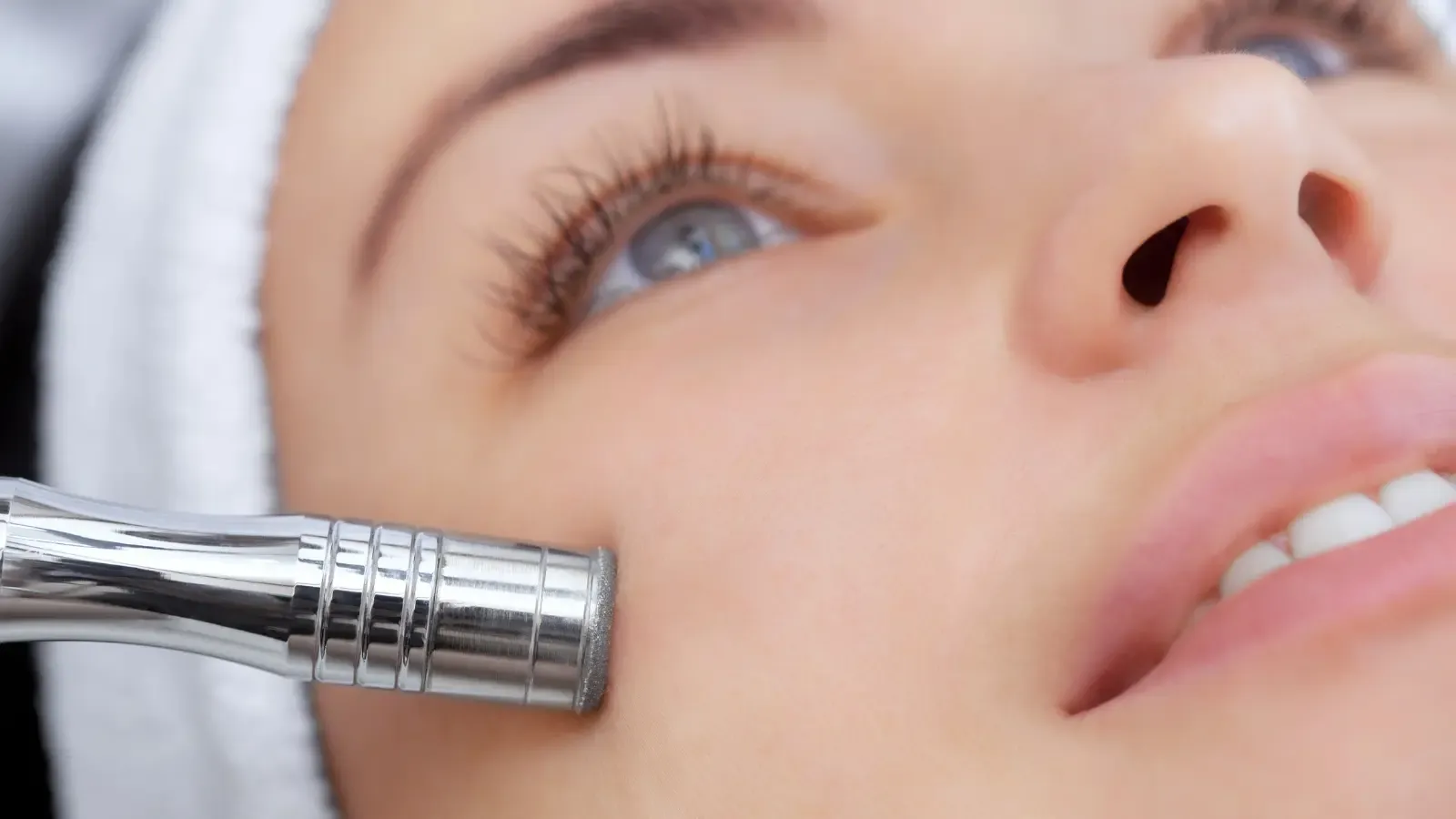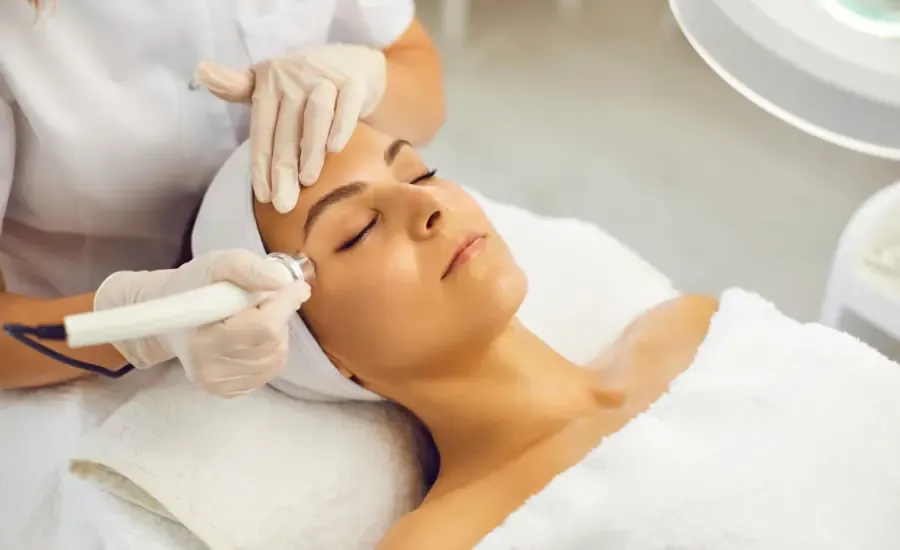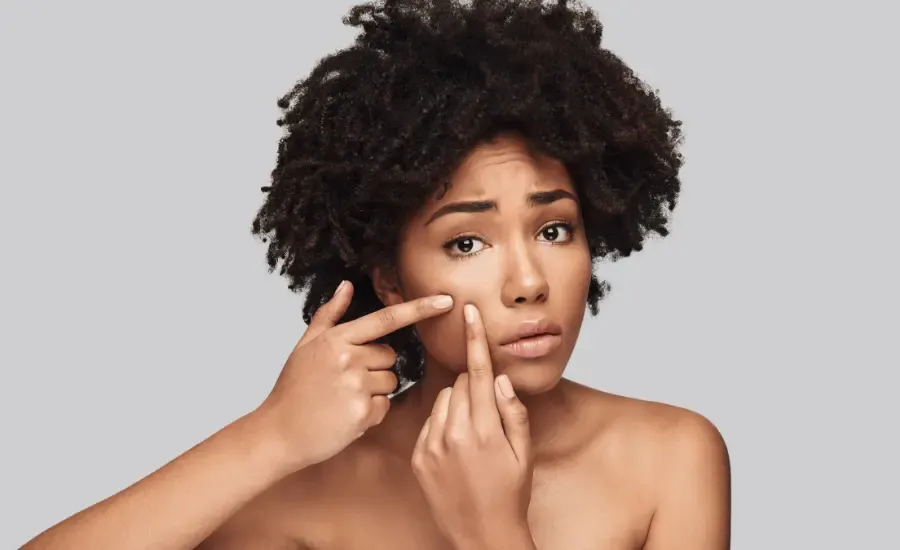
5 Mistakes You Make With Acne-Prone Skin (and How to Fix Them)
If your breakouts break your patience, keep reading
Dealing with acne-prone skin can feel like a constant and overwhelming battle. You diligently cleanse, apply treatments, and hope for clearer days, yet breakouts persist. Frustratingly, sometimes the things we think are helping our skin actually worsen the problem. However, washing your face consistently and following all the rules may not have the desired results because you fall into the trap of common pitfalls. Here are five common mistakes people with acne-prone skin often make, backed by research and expert insights:
Mistake #1: Over-Cleansing and Harsh Scrubbing
It's a natural instinct to want to scrub away the oil and grime that contribute to acne. However, over-cleansing and using harsh scrubs can be one of the biggest culprits in exacerbating breakouts.
The science behind it

Our skin has a natural protective barrier called the stratum corneum, which is composed of lipids and proteins. This barrier helps retain moisture and protect against external irritants, including bacteria. Over-washing, especially with harsh soaps or abrasive scrubs, strips this barrier of its natural oils. This triggers a counterproductive response: the skin produces more sebum to compensate for the dryness, potentially leading to clogged pores and more acne.
Furthermore, aggressive scrubbing can cause micro-tears in the skin, leading to inflammation and irritation. Inflammation is a key factor in the development of acne lesions. A study published in the Journal of the American Academy of Dermatology highlighted the importance of gentle skincare practices in managing acne, emphasizing that harsh treatments can disrupt the skin barrier and worsen inflammation.
How to fix it
Cleanse Gently, Twice a Day: Opt for a mild, pH-balanced cleanser specifically formulated for oily or acne-prone skin. Use lukewarm water and your fingertips to gently massage the cleanser onto your face for about 30-60 seconds.
Skip the Harsh Scrubs: Avoid physical exfoliants with large, jagged particles that can irritate the skin. If you feel the need to exfoliate, it’s better to do it with gentle chemical exfoliants like salicylic acid (BHA) or glycolic acid (AHA), which work by dissolving dead skin cells and unclogging pores. Start slowly and gradually increase frequency as tolerated.
Pat Dry: Instead of vigorously rubbing your face with a towel, gently pat it dry to minimize irritation. Make sure you replace the towel every 2 days to avoid the concentration of bacteria.
Mistake #2: Picking, Popping, and Touching Your Face
This is a notoriously difficult habit to break, but it's one of the most damaging things you can do for acne-prone skin.
The science behind it
When you pick or pop a pimple, you're essentially forcing the contents (pus, bacteria, and sebum) deeper into the surrounding skin tissue. This can lead to increased inflammation, redness, and a higher risk of infection. Moreover, squeezing can damage the follicle wall, potentially causing the contents to spill out and trigger more breakouts.
The most significant long-term consequence of picking is scarring. Manipulating blemishes can damage collagen and elastin fibers, leading to different types of scars, including ice pick scars, boxcar scars, and rolling scars. A review article in the Journal of Clinical and Aesthetic Dermatology emphasized the strong correlation between acne manipulation and the development of post-inflammatory hyperpigmentation (PIH) and scarring.
Touching your face throughout the day also transfers dirt, oil, and bacteria from your hands to your skin, potentially clogging pores and contributing to breakouts.
How to fix it

Resist the Urge: This is easier said than done, but try to be mindful of when you touch your face. Keep your hands occupied, or try using stress balls if the urge to touch your face is intense.
Treat, Don't Squeeze: If a pimple is bothering you, apply a spot treatment containing benzoyl peroxide or salicylic acid, which can can help reduce inflammation and enable healing.
Professional Extractions: If you have stubborn blackheads or whiteheads, consider seeing a dermatologist or a qualified aesthetician for professional extractions performed in a sterile environment.
Address Underlying Stress: Sometimes, face-touching can be a subconscious habit linked to stress or anxiety. Relaxation techniques might help reduce this habit.
Mistake #3: Using the Wrong Products (or Too Many Products)
Navigating the world of skincare products can be overwhelming, and it's easy to fall into the trap of using products that aren't suitable for acne-prone skin or layering on too many different formulations.
The science behind it
Using comedogenic (pore-clogging) ingredients in your skincare or makeup can directly contribute to the formation of new blemishes. Heavy creams, certain oils, and some synthetic ingredients can trap sebum and dead skin cells within the pores.
Furthermore, using too many active ingredients at once can irritate the skin, leading to dryness, redness, and increased sensitivity. This irritation can disrupt the skin barrier and paradoxically worsen acne.
How to fix it
Choose Non-Comedogenic Products: Look for the "non-comedogenic" label on skincare and makeup products. This indicates that the product is formulated to minimize the risk of clogging pores.
Read Ingredient Lists: Familiarize yourself with common comedogenic ingredients and try to avoid them. Some examples include coconut oil, cocoa butter, isopropyl myristate, and certain waxes.
Simplify Your Routine: Start with a basic AM & PM routine consisting of a gentle cleanser, a targeted treatment (if needed), and a lightweight, non-comedogenic moisturizer and sunscreen. Gradually introduce new products one at a time to see how your skin reacts.
Consider Your Skin Type: Even within acne-prone skin, there can be variations (e.g., oily and dehydrated, sensitive and acne-prone). Choose products specifically formulated for your specific skin concerns.
Mistake #4: Neglecting Moisturizer and Sunscreen
It might seem counterintuitive to apply moisturizer to oily or acne-prone skin, but skipping this step can actually worsen breakouts. Similarly, neglecting sunscreen leaves your skin vulnerable to sun damage, which can exacerbate acne and post-inflammatory hyperpigmentation.
The science behind it

As mentioned earlier, stripping the skin of its natural moisture barrier through over-cleansing or harsh treatments can trigger increased sebum production. A lightweight, non-comedogenic moisturizer helps to replenish this barrier, keeping the skin balanced and reducing the likelihood of excess oil production.
Sun exposure can also worsen acne in several ways. It can cause inflammation, which is a key factor in acne development. Additionally, some acne treatments, like retinoids, can make your skin more sensitive to the sun. Sun damage can also darken post-inflammatory hyperpigmentation (PIH), the dark marks left behind after pimples heal, making them more noticeable and longer-lasting.
How to fix it
Moisturize Daily: Choose a lightweight, oil-free, and non-comedogenic moisturizer. Gel-based or lotion formulas are often good options for acne-prone skin. Apply it after cleansing and any treatment products.
Wear Sunscreen Every Day: Use a broad-spectrum sunscreen with an SPF of 30 or higher, even on cloudy days. Opt for oil-free or mineral-based formulas to minimize the risk of clogged pores. Apply sunscreen as the last step in your morning skincare routine.
Mistake #5: Impatience and Inconsistency
Treating acne takes time and consistency. Expecting overnight results or abandoning a treatment after a few days can hinder your progress.
The science behind it
Acne lesions don't form overnight. They develop over weeks as pores become clogged and inflammation sets in. Therefore, it's unrealistic to expect topical treatments to clear existing breakouts instantly. Most prescription and over-the-counter acne treatments require consistent use for several weeks, if not months, to show noticeable improvement.
Furthermore, inconsistent use of treatments allows the underlying factors contributing to acne (like excess sebum production and inflammation) to continue unchecked. Skipping days or not following the recommended application instructions can significantly reduce the effectiveness of your skincare regimen.
How to fix it
Be Patient: Give your skincare routine and any new treatments adequate time to work. It can take 4-8 weeks to see significant improvement.
Be Consistent: Stick to your skincare routine diligently, even when your skin looks clearer. Consistency is key to preventing new breakouts.
Track Your Progress: Taking photos of your skin regularly can help you track your progress and stay motivated.
Consult a Dermatologist: If you're not seeing improvement after several months of consistent effort with over-the-counter treatments, or if your acne is severe or cystic, consider consulting a dermatologist. They can provide a personalized treatment plan, including prescription medications if necessary.






